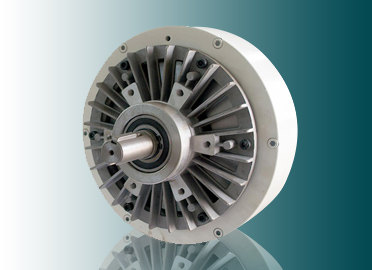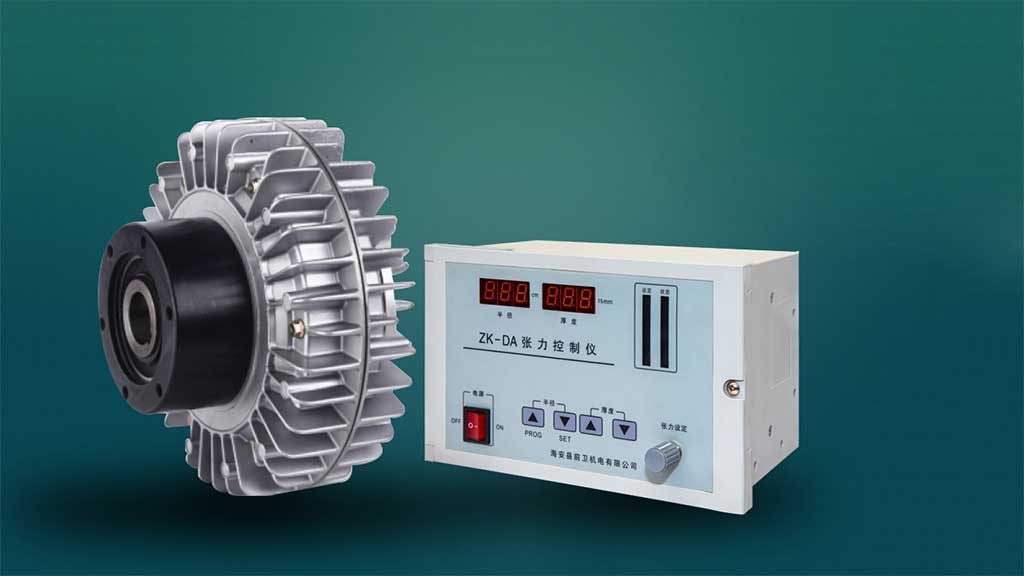What are Magnetic Particle Brakes

Magnetic Particle Brakes are based on the electromagnetic principle and use magnetic powder to transmit torque. It has the characteristic that the excitation current and the transmission torque are basically in a linear relationship.
Magnetic Particle Brakes can transmit a certain torque irrespective of slip and has the advantages of fast response speed, simple structure, no pollution, no noise, no shock vibration, and energy saving.
Magnetic Particle Brakes are an automatic control element with multi-purpose and superior performance. It has been widely used in papermaking, printing, plastics, rubber, textiles, printing and dyeing, wire and cable, metallurgy, tablet presses, and other related coiling and processing industries for unwinding and winding tension control.
Magnetic Particle Brakes are also often used for dynamometric loading and braking of transmission machinery.
Read More: Magnetic Particle Brakes Magnetic Particle Clutches
Tension control
Tension control is a technology that automatically controls the tension of the processed material that is in continuous motion or stationary between two processing equipment. In various continuous production lines, various strips, wires, profiles, and their remanufactured products often require tension control in the processes of rolling, drawing, embossing, coating, printing and dyeing, cleaning, and winding. Tension control can be constant tension control or variable tension control. Variable tension control refers to the tension control technology in which the tension changes according to a predetermined rule, or changes at any time according to the needs of the process, or participates in the adjustment as a parameter of the automatic control system.
Function
- In the rewinding and unwinding operation, the function of the tension controller is to control and ensure the stability of the tension during the traveling of the coil;
- The function of the magnetic particle brake is to act as the torque output at the unwinding end and the actuator of the tension change.
Two tension control methods
Manual tension controller
The operator observes the change of the coil diameter, and rotates the current adjustment knob on the manual tension controller to give a signal so that the magnetic powder brake connected by the wire changes the torque to ensure that the tension of the coil is roughly constant;
Fully automatic tension controller
As long as the corresponding parameters are set, the automatic tension controller can output the signal to the actuator: magnetic powder brake through the change signal detected by the tension sensor, which can adjust the tension of the coil in real-time and ensure the constant tension state of the coil.
